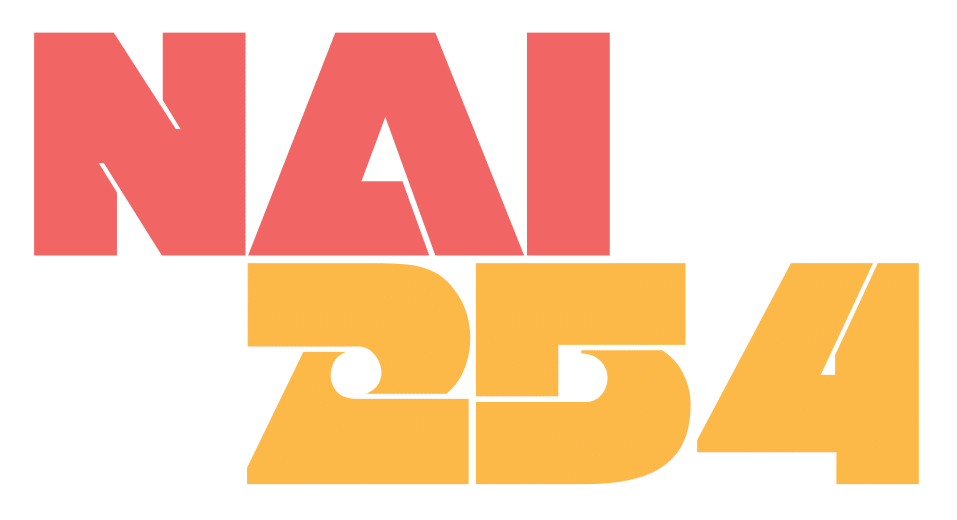Starting a blog can be both a rewarding and lucrative venture that opens exciting opportunities. Through blogging, you can establish yourself as a credible expert in your field, earn a part-time or full-time income and connect with like-minded people who share your interests and passions.
If you’re ready to start a blog but don’t know where to start, these steps will set you up for success, regardless of your ultimate goals.
1. Define Your Topic or Niche
Finding a niche can be tough or feel limiting but will help you build stronger credibility in the long term. You can certainly talk about more than one subject but make sure your main focus is consistent and specific enough to draw readers in and encourage them to keep reading your work.
2. Do Competitor Research
After deciding what you want to write about, do some initial research to understand who the other key players are in your space. Is your niche already fairly crowded? Or are very few people writing about your intended topic?
No matter the case, doing your research beforehand will help you understand how you can create content that’s better than or different from what’s already out there.
3. Define Your Audience
In addition to nailing down your niche, you should also consider your audience. Who are you going to be blogging for?
Having the answer to this question will help you write articles that are valuable and relevant to your readers. Try to determine the following information about your ideal reader before diving right into writing:
4. Plan Your First Blog Post
Once you’ve nailed down your niche and desired audience, you can start planning your first blog article. Again, this may require some research to ensure you’re creating something that your audience will want to read.
As a starting point, type your desired topic idea into a search engine to see what kinds of articles appear in the results. If you find that the existing results don’t accurately or aptly explain the topic, that’s a great indicator that you’ll be able to write something better.
5. Name Your Blog
Every blog needs a name. You’ll want to ensure that your blog’s name makes sense given your niche or brand, is memorable/catchy, and is easy and quick enough to type.
If you have a name in mind, scour the web and social media to make sure that no one else is already using that name. If your desired name is already taken, you can either create a new one or contact the website owner to see if they are still actively using the name that you want.
6. Create Branding Elements for Your Blog
In addition to a name, you’ll need to select a font and color palette for your blog that you’ll incorporate once you’ve built your website. You can do this yourself or outsource it to a graphic designer.
If you want a custom logo for your blog, you can design one with a free platform such as Canva, or work with a designer.
Check evotioninteractive.com for website development services.
7. Claim a Domain Name
After settling on a name for your blog, you’re ready to select a domain name. You can check to see if a domain is available by typing in your desired domain name in your browser and see if a live website appears. Most web hosting companies like Bluehost will also have a tool to help you find available domains. I recommend Bluehost as it is one of the most established, reliable companies in the blog hosting industry.
8. Choose a Hosting Site
Choosing a web host is an essential step in creating your blog. Without a host, you won’t be able to build a website; a host is what lets you effectively “rent” a presence on the internet.
Some platforms will host the blog for free but, in exchange, they’ll tack on their brand name to your web domain, such as therecipeblog.wordpress.com. To remove “.wordpress” from the URL, you would need to pay for web hosting in addition to buying the domain name therecipeblog.com.
Web hosting can cost anywhere from 50 cents to $10 per month depending on how much speed and storage you want to purchase. There are dozens of different hosting options out there, but we recommend WordPress as it is a free publishing platform that’s been around since 2003 and now powers more than 60% of all blogs on the Internet.
9. Build Your Website
You can build your website from scratch or by using a template or theme—it all depends on your budget and desires. A no-code web builder, such as WordPress will allow you to design and build a beautiful website even if you have no prior web development experience. Some templates or themes are free but others may run you anywhere from $10 to $200.
Certain web builders allow for more customization and flexibility than others. Be sure to read the specs of each website builder you’re interested in to understand what’s possible when designing your blog. Or rather hire a web developer to do it for you at a fee (check evotioninteractive.com ).
10. Upload and Publish Your First Article
After you’ve built your website and are satisfied with its look and feel, it’s time to upload your first article. You can type and edit your content right from the back end of your website, however, it’s wiser to create all your content in a separate, cloud-based editor such as Google Docs. That way, you’ll have a secure backup of your blog content in case your site experiences any technical issues.
Before you hit publish, it’s a good idea to preview your blog post to see if it displays exactly how you want it to. You can always go back and edit it later, though, if you want to change or update anything.
11. Promote Your Blog
Once you’ve published content to your blog, you can share your links. Social media is a popular and effective way to distribute your blog content. You can share links on your existing social channels or create new accounts to complement your blog.
12. Track Your Analytics
After you’ve published and publicized your blog, it’s important to track metrics such as views, visitors and clicks. Your hosting platform may have a default analytics dashboard built in, but we strongly recommend connecting your blog to Google Analytics. Google Analytics is a free tool that will allow you to track your traffic as well as important demographic and conversion details.
You’ll need to use your analytics to earn brand sponsorships and/or advertising revenue.
In this article, we’ve provided a step-by-step guide on how to start a blog, including picking the right niche, choosing a platform, writing and publishing content, and monetizing your blog.
We hope this article has helped you learn how to build a blog and make money blogging.

